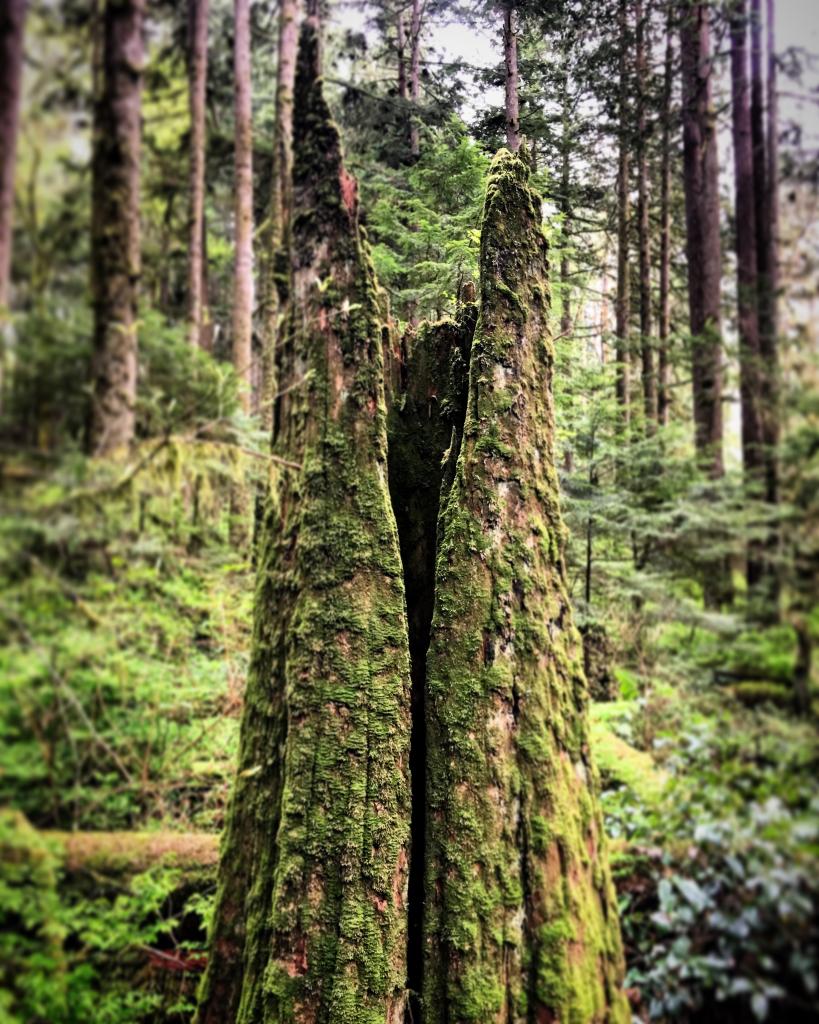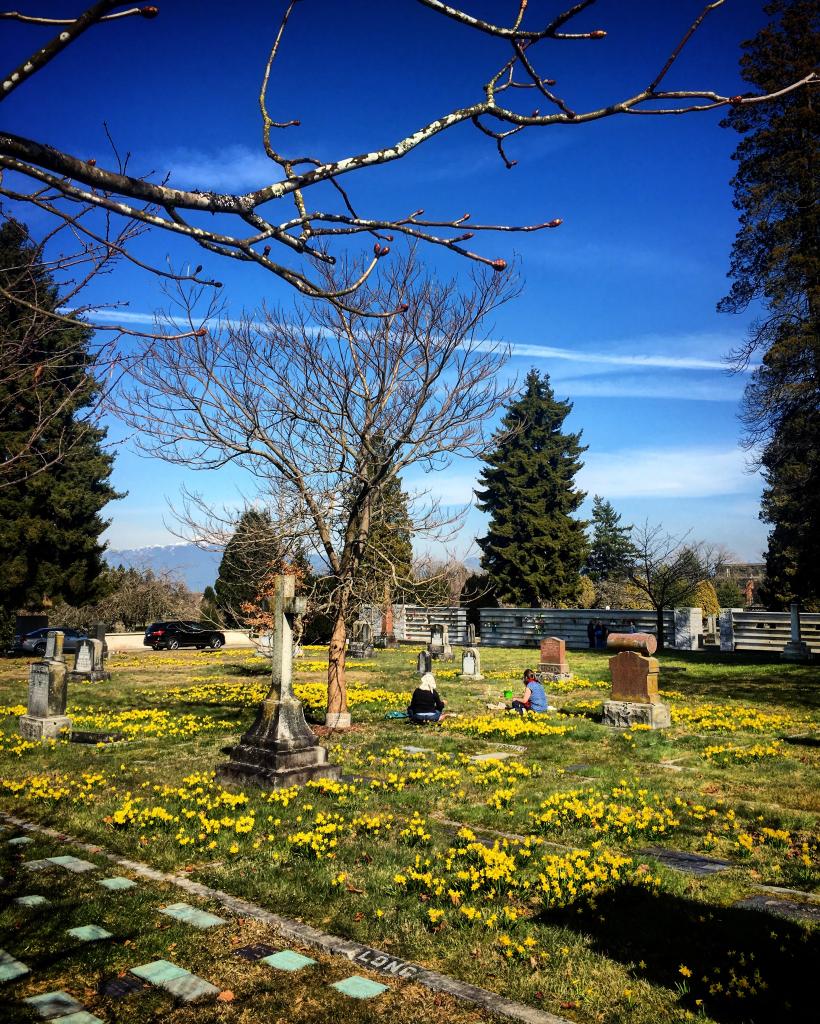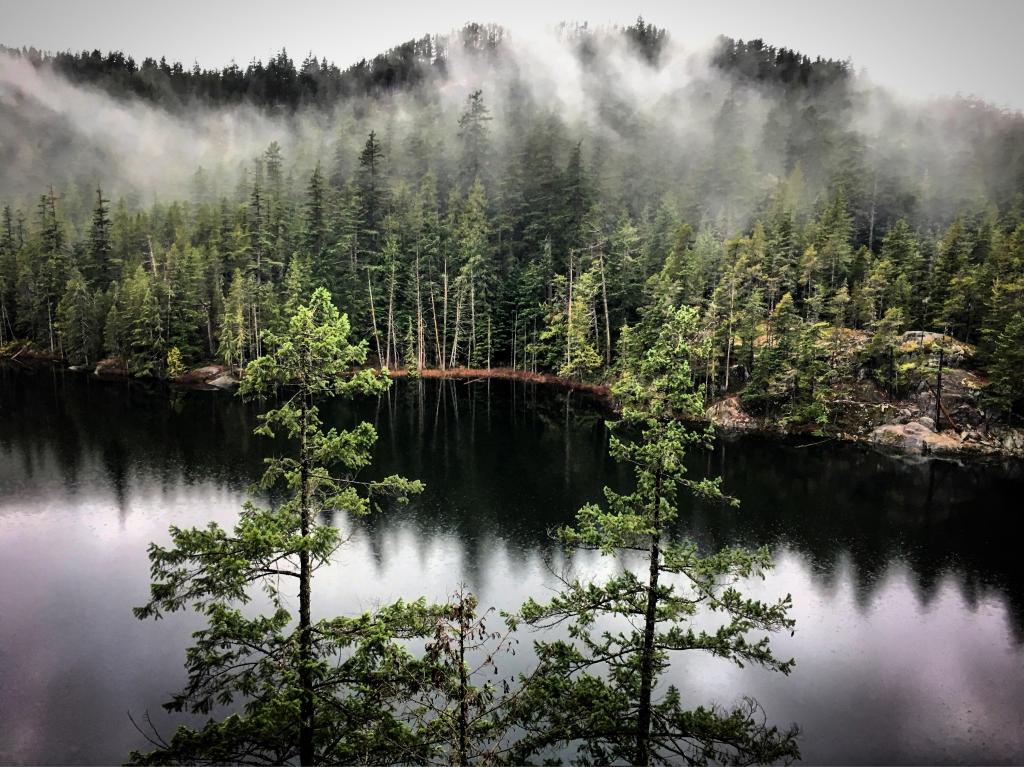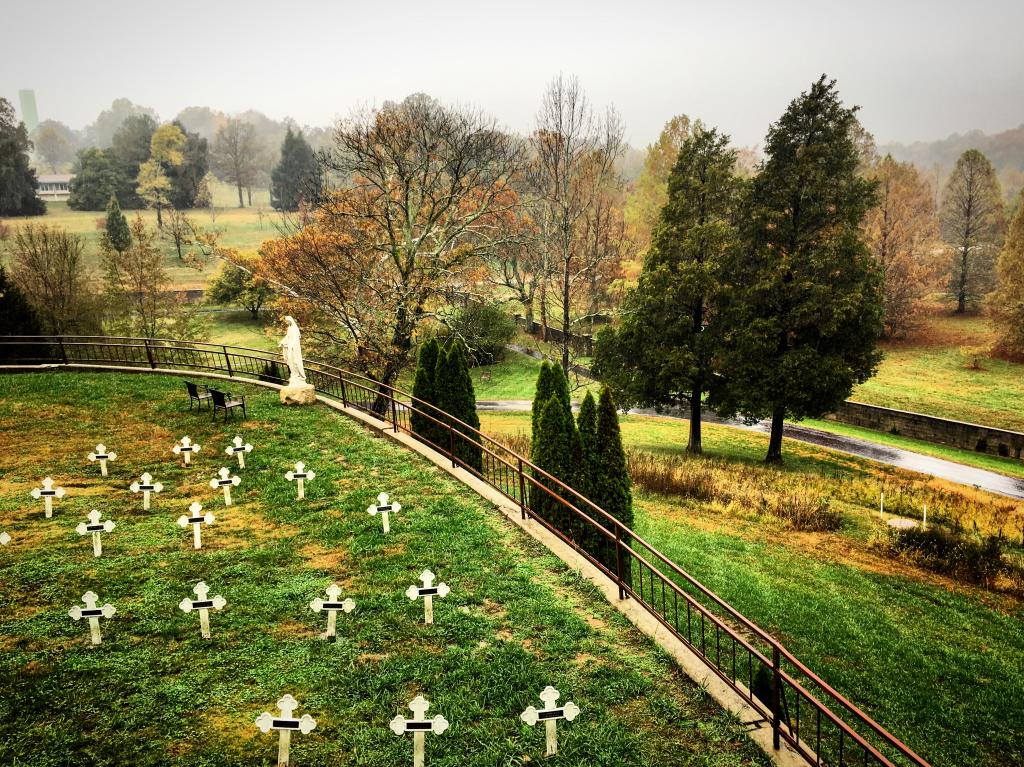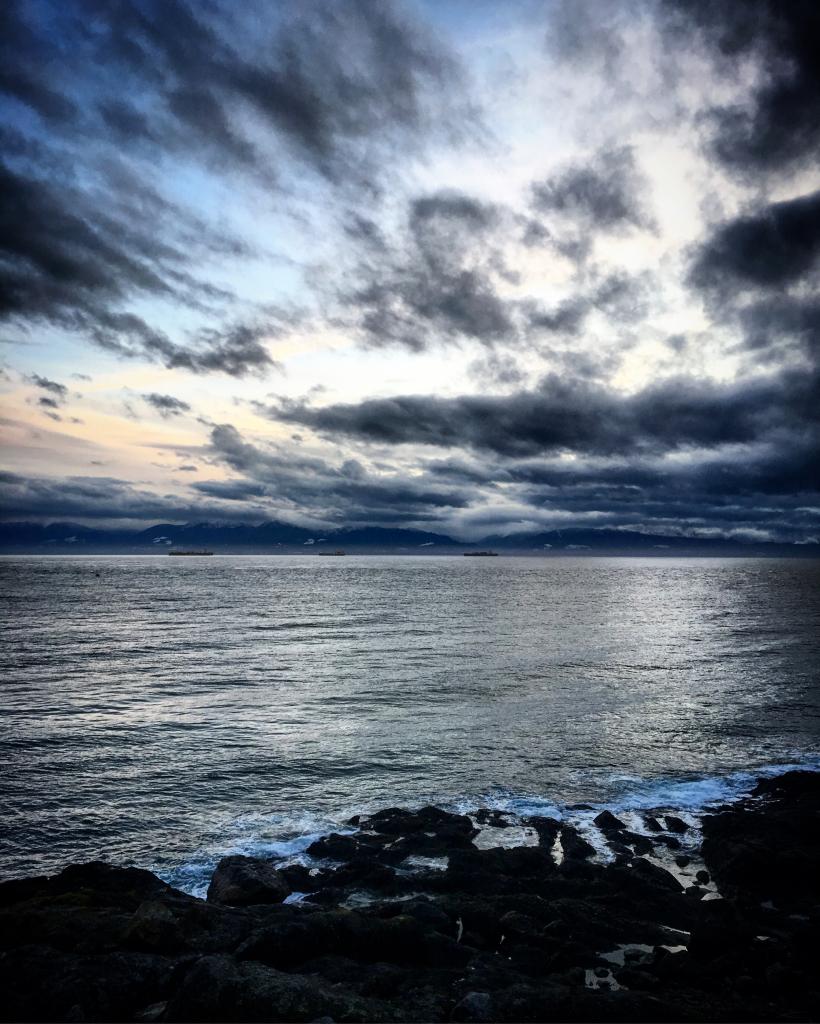 Homily delivered on Jan. 26, 2020 at St. Mary’s Anglican Church
Homily delivered on Jan. 26, 2020 at St. Mary’s Anglican Church
Readings
Holy Eucharist: Propers 350; Is 9:1-4; Ps 27:1, 5-13; 1 Cor 1:10-18; Mt 4:12-23; Preface of the Lord’s Day
When I was a child, I would beg God to give me a sign! I remember lying in bed late one night and asking ‘God if you are there, turn on the lights!’ In today’s readings we hear Isaiah predicting that very thing.When God comes to dwell with his people, he will turn on the lights!
Isaiah is looking through the darkness of his present to the bright future of a restored Israel. Zebulon and Naphtali, referred to in the readings, where of course sons of the patriarch Jacob and tribes of Israel. Their territories were on the margins of Israel’s historic kingdom and often took the brunt of invading empires, until their utter collapse under the Assyrian invasion in the 8th century BCE. Their ruin and oppression would someday be undone says Isaiah. The tribes would once again be gathered.
Saint Matthew in this passage and throughout his Gospel, is trying to show his readers that Isaiah’s prophecies had come true in the person of Jesus. Jesus had been baptized by John and called God’s beloved son. In the previous verses of Ch. 4, he has just returned from his 40 days in the desert-wilderness. Jesus proclaims that the kingdom of God has come near. By teaching the word of God, forgiving sin, and healing people Jesus was acting in the very person of God.
And, by calling his 12 disciples, Jesus is beginning the gathering of the lost tribes, as was promised. The long night of absence was over. The land was filling with the light of the Son! The play of light and darkness is a powerful image throughout scripture. Today we read:
The people who sat in darkness
have seen a great light,
and for those who sat in the region and shadow of death
light has dawned.
We hear an echo of Psalm 23 don’t we: Though I walk through the valley of the shadow of death. Light is a powerful symbol of God’s presence, power and mercy. One of my favorite Prayers in the Bible, The Canticle of Zachariah, or Benedictus (Luke 1:68-79) Zachariah says:
In the tender compassion of our God
the dawn from on high shall break upon us,
to shine on those who dwell in darkness and the shadow of death,
and to guide our feet into the way of peace.
The ministry of John and Jesus alike were great lights shining in the dark. Now working with light and dark can be a very helpful analogy. Light is a symbol of wisdom, understanding, science. The Sun was often deified for ancient pagans. The Greek philosopher Plato used the analogy of light and shadow in his allegory of the cave to illustrate his theory of the Forms. Of course Jesus uses it himself when he says ‘I am the Light of the World.’ And as Franciscan teacher Richard Rohr suggests, “At the resurrection, Jesus was revealed as the eternal and deathless Christ…morphed into ubiquitous Light.” It is very common among the first Christians to be called the children of the light. Paul especially loves this analogy. The EnLIGHTenment was a cultural movement that sought to do away with the darkness of ignorance, and elevated human reason as a source of knowledge. We talk about The Light of Reason; or getting a bright idea.
For some of the Gnostic Christians of the second century, light and dark were in cosmic opposition. Good and evil played out in dramatic terms. I worry that we sometimes hold this (heretical) Gnostic view of light and dark, and neglect the spiritual depth of a view of light and darkness as complementary.
Psalm 139:12: Darkness is not dark for you, and night shines as the day. Darkness and light are but one. On Mount Sinai, Moses encounters God in a thick cloud. In Deuteronomy, after revealing the Ten Commandments, Moses says to a gathered Israel: “These are the commandments the Lord proclaimed in a loud voice to your whole assembly there on the mountain from out of the fire, the cloud and the deep darkness.” For the 6th century monk Pseudo-Dionysius the Areopagite, darkness was just as useful an analogy for God as light. Rather than seeking the light of illumination, he taught to seek the Cloud of Unknowing. Meaning, all our language, ideas and theology about God is ultimately pointing to a dark mystery beyond our understanding.
In Benedictine and Trappist monasteries, the entire day of chanting and prayer is organized around what the monks call the HINGES OF THE DAY. Morning and evening. Just as in the first chapter of Genesis, the narrator says it was Evening and it was morning the 1st day…” Day and night are complementary. They each speak of God in their own ways. The glorious light of a summer day, and the flourishing of the good earth. The muted tones of dormant winter, and the subterranean fecundity of the soil. Each season has its own unique beauty, purpose and spirituality. Jesus was the light of the world. But he also relished in darkness. For example, the parables were a kind of dark teaching. They were spoken so that some would see but not perceive. They were shadow material.
Saint John of the Cross, a 16th century Carmelite mystic believed that much of the spiritual journey is a noche oscura, or dark night. In the popular idiom, a Dark Night of the Soul is a hard time, a trial period. But it’s also so much more than that! For John, the spiritual life is about light, it’s about loving God, and deepening our awareness of God’s presence in our lives. And, along the way we get encouragement through graces, blessings, charity. What John calls Consolations. The spiritual life is also inevitably punctuated by periods of what John called Desolations. Times of trial, suffering, spiritual dryness, or even despair. But for John, these nights were signposts of progress on our path toward union with God. For John, the Dark Night is the quiet inflow of God into the soul. But the tricky thing is that the dark night might not feel like Presence.
We often feel the opposite, the apparent withdrawal of God’s presence. This is where we might be tempted to give up, lose interest or grow bitter. In her book When the Heart Waits (1990) novelist and spiritual writer Sue Monk Kidd suggests however, that most living things incubate, or gestate in darkness; whether it’s a seed in the ground or a fetus in the womb, biological organisms tend to mature in the dark.
The 17th century French Jesuit Jean-Pierre De Caussade has one of the most powerful images of this dark fertility: He writes:
“Do You [God] not give fecundity to the root hidden underground, and can You not, if You so will, make this darkness in which You are pleased to keep me, fruitful? Live then, little root of my heart, in the deep invisible heart of God; and by its power send forth branches, leaves, flowers and fruits…”
If we can learn to wrap our arms around both the light and the dark, we will be so much more equipped to enable the inflow of Grace into our lives.
In New Seeds of Contemplation, Thomas Merton writes of our impulse for impatience: “[we] will run away from the darkness, and do the best [we] can to dope [ourselves] with the first light that comes along.” We are addicted to light: On our phone, in our cities, in our homes, and in our spiritual lives.In Mary Oliver’s poem The Uses of Sorrow she writes: “Someone I loved once gave me a box full of darkness. It took me years to understand that this, too, was a gift.”
Now in case you are wondering, I am NOT saying that darkness is the purpose of spirituality. The play between light and dark is the process by which God enters more fully into our soul. Desolation in itself is not good, but its fruits can be. It is when we chose to love God through our spiritual desolations, through the dark nights that we are able to make progress. This spirituality echoes and reverberates with the Paschal mystery of Christ’s life, death and resurrection.
Night leads to day, and through Christ, death leads to resurrection. Gerard Manley Hopkins’s poem, ‘Wreck of the Deutschland’ points to this play between light and dark beautifully, he writes:
“Let [Christ] easter in us, be a dayspring to the dimness of us, be a crimson-crested east.”
I love how Hopkins uses the word Easter as a verb. He points to the slow process of death and rebirth that is somehow the only way to God. We must be born again, Jesus says to Nicodemus. We look to the east for the rising of the Sun. Jesus is the light of the world but to get to the light we must pass through the darkness of the tomb. And we bring our bodies to this mystery every time we take the Eucharist, and celebrate Easter. And even the resurrection of Jesus showed that a body could be both glorified, filled with light, and wounded at the same time. Light and darkness are not in opposition, they are in cahoots!
As a child I hoped that God would turn on the lights as a sign of God’s reality and presence. I didn’t realize that God was already with me, even there in the dark night.


